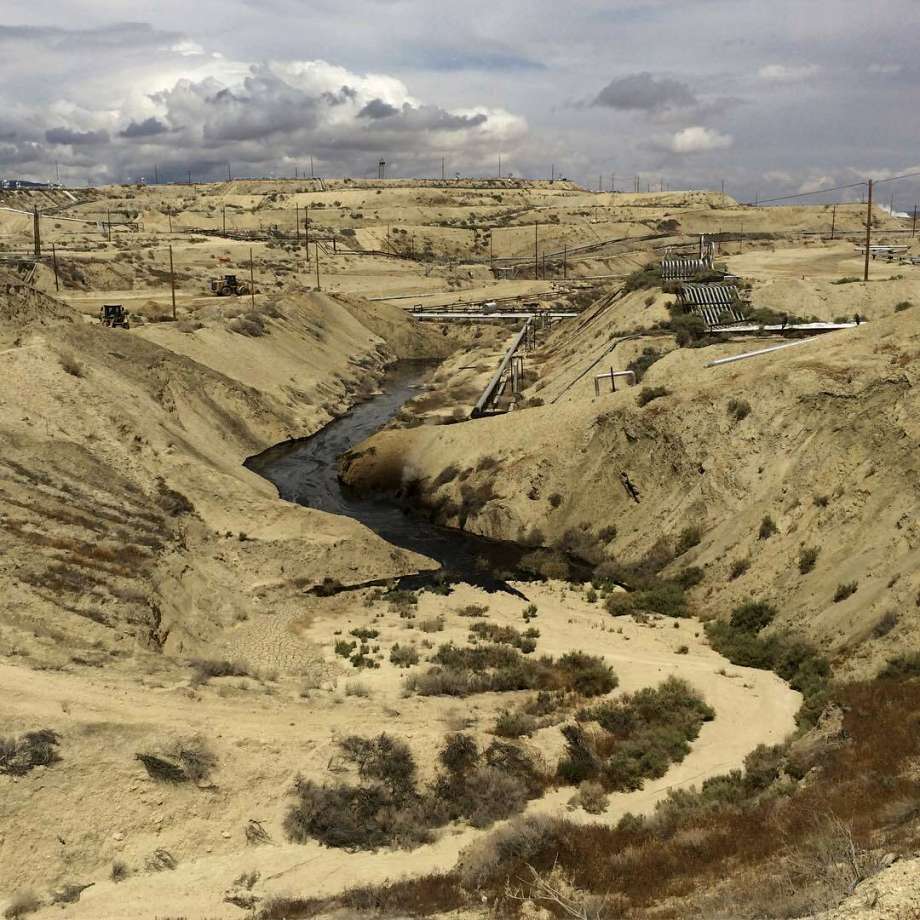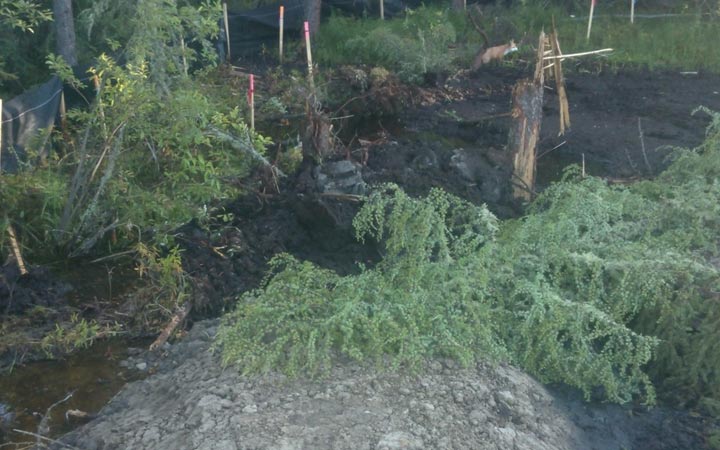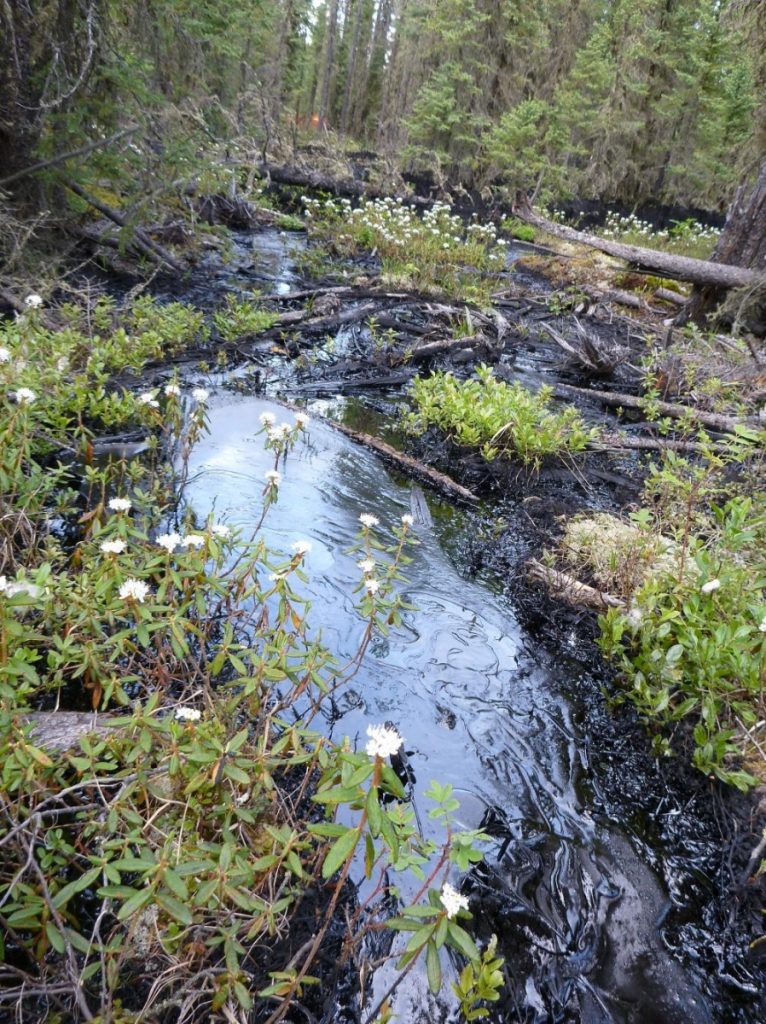Steam-assisted oil recovery: Riskier than fracking? by Marie Lakin, Dec. 28, 2019, VC Star
In June 2011, a sinkhole of super-heated earth opened up and swallowed an oilfield worker in Kern County. That field had been producing heavy oil for decades utilizing a high-pressure production technique of water heated by natural gas and injected into the earth.
In May of this year, a leak that grew to 1.34 million gallons of crude oil and produced water was discovered in the Cymric Oil Field in Bakersfield. Chevron was fined more than $2.7 million by the Division of Oil, Gas & Geothermal Resources for this massive leak, one of the largest in state history. High-pressure steam injection was also used in this field.
Although there are various methods of oil recovery utilizing steam, the most scrutiny is being placed on high-pressure injection that fractures the surrounding formation. A moratorium ordered by Gov. Gavin Newsom in November focuses entirely on new steam injection projects using that technique.
In Ventura County, the Board of Supervisors put a moratorium on all new cyclic steam oil drilling in an area near Oxnard where petroleum-related gases were discovered in the Fox Canyon Aquifer. The operator there was also shut down for multiple permit violations. This aquifer supplies water to more than 700,000 residents. Climate First: Replacing Oil and Gas pushed hard for this moratorium.
Scientists working in the Orcutt field near Santa Barbara found evidence of oil-field fluids in water wells near other cyclic steam and acidizing operations, as a result of the new testing required by Senate Bill 4 (2013).
It is important to note that many fields are not affected by our governor’s new moratorium because they do not utilize high-pressure steam. In the Oxnard field, steam is injected into the tar sands there, heating the layer until the heavy oil can be extracted. But it is not high pressure.
California is ground zero for steam injection in the United States. It is also used in the tar sands of Alberta, Canada, and in a region of Venezuela. Why California? Steam is used to dilute our heavier hydrocarbons so they will flow and, in instances where an oil field is nearly played out, eke the last bit out of the ground. It is often used in shallow formations, which tend to be nearer to water sources. The fact is California’s steam-assisted oil industry is extremely energy and water intensive, requiring natural gas to heat water to pull the heavy crude up and even more to turn it into gasoline.
And while hydraulic fracturing or “fracking” gets much of the attention, a permit to frack hasn’t been pulled in Ventura County since 2015. This technique utilizes a high-pressure mixture of water and chemicals to break the formations apart.
Steam operations are much more common here.
Anneliese Anderle, a retired petroleum engineer, oversaw well abandonments in Kern County and also worked in the Wilmington Oil Field in Long Beach and Los Angeles, where a massive steam flood in the tar sands there contributed to a decision to shut steam injection down due to “subsidence,” or the sinking of the land. She has many concerns.
“The alternating cycles of steam injection, soaking and production put considerable compressive stress on the production casing as it heats, expands and cools,” Anderle said. “This also may cause failure to the cement that bonds the exterior casing to the formation. Cement failure can then lead to pathways for the high-pressure steam to migrate to the protected fresh water aquifers and possibly to the surface.”
What has California done to protect our land and water in the wake of these serious oilfield issues? Besides the recent narrowly applied moratorium from our governor, we do have new regulations in place that govern underground injections of all types, including steam. DOGGR is now fining oil companies for “surface expressions,” the geologic ruptures that caused oil to flow unabated out of the ground in the Cymric Field.
This is not enough.
California has been a leader on climate, yet we have the most carbon-intensive and risky drilling practices in the United States. It is time to phase them out and work toward a fossil-free future.
Refer also to:

Michigan: Why keep Vapex experiments near homes secret?
Alberta regulator investigates another CNRL well leak in troubled leaking Primrose field


